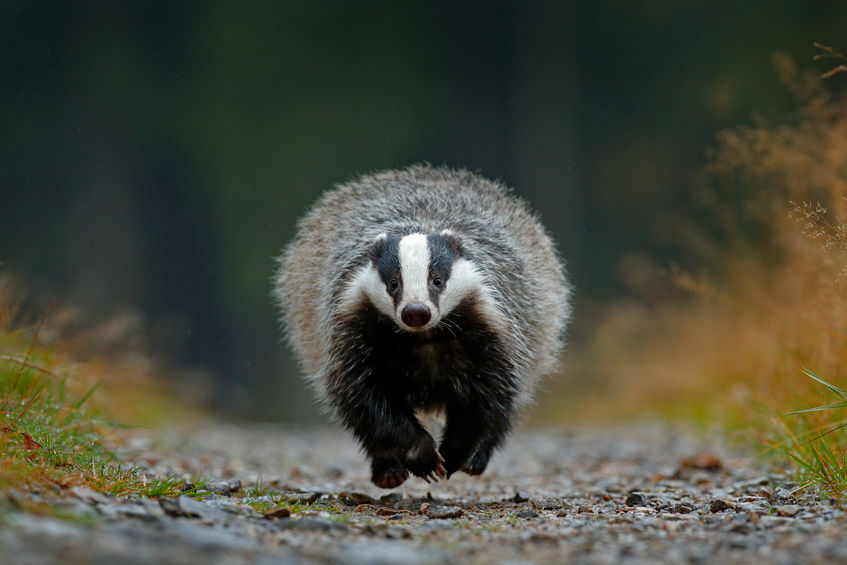
A study which suggests culling drives badgers to roam 61 percent further afield has been dismissed by the NFU.
Researchers from conservation charity the Zoological Society of London and Imperial College London released the findings today (9 October).
The study, published in Applied Ecology, says culling badgers can 'sometimes exacerbate' the issue of bovine TB.
It studied 67 badgers across twenty cattle farms in areas with and without farmer-led culling in Cornwall, collecting GPS-collar data between 2013 and 2017.
The paper reveals that, after a population was culled, surviving badgers covered 61% more land each month than they had before the cull began.
This has led researchers to conclude that badgers explore new areas as individuals are removed from neighbouring groups and territories open up.
Responding to the study, the NFU said it 'respectfully disagrees' with the two organisations' position.
NFU vice president Stuart Roberts said: “I would question whether it is possible to make conclusions about the effectiveness of this policy from a sample size this small, focused on only one county.
“We are still awaiting the peer reviewed report examining the effectiveness of the cull at reducing TB, but previously published peer-reviewed research, and anecdotal evidence from farmers, indicates strongly that TB is being reduced as a result of controlling the wildlife which carry and spread the disease.
“We do not see similar convincing outcomes from vaccination.”
The union is calling for the government to continue to roll out a culling policy across the country as part of its 25-year eradication strategy.
Bovine TB continues to devastate family farming businesses. Last year, nearly 33,000 cattle were slaughtered in England.
More than 3,600 farms that had previously been clear were affected by it.
